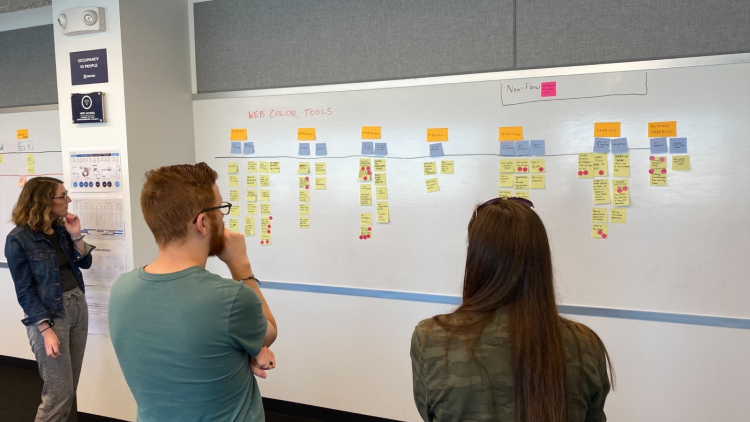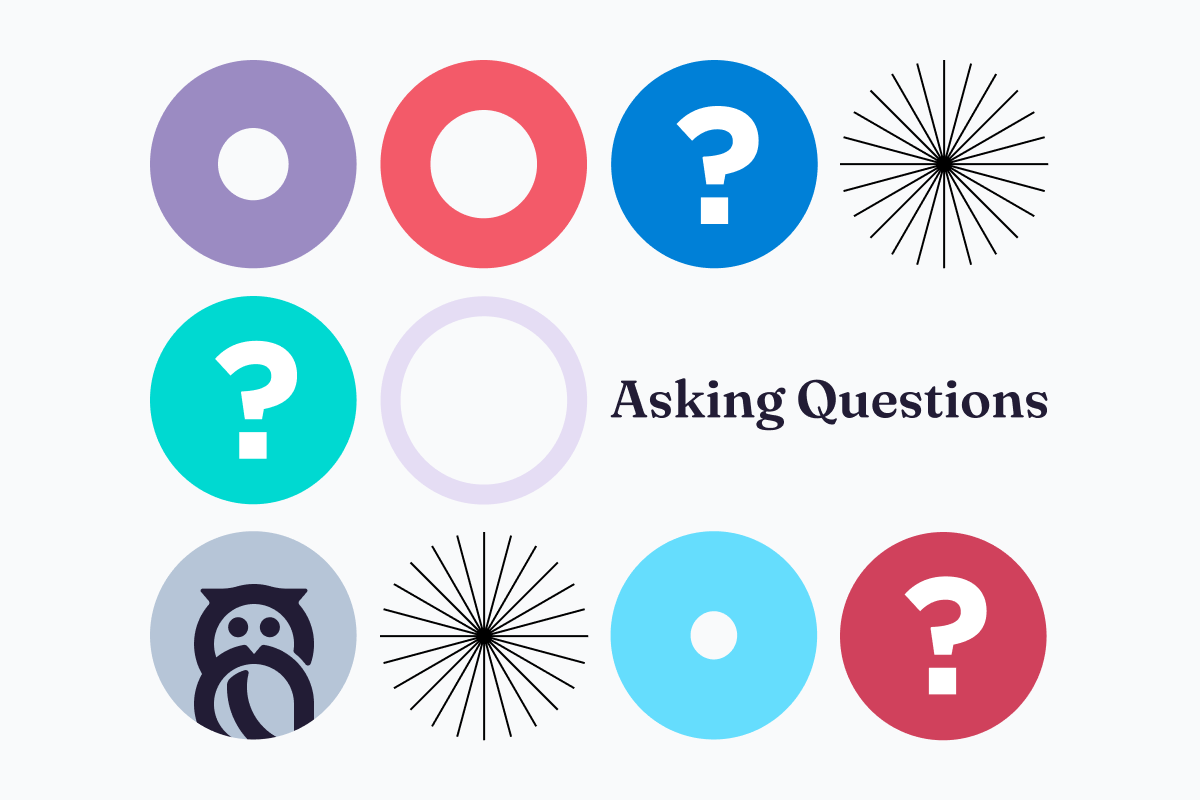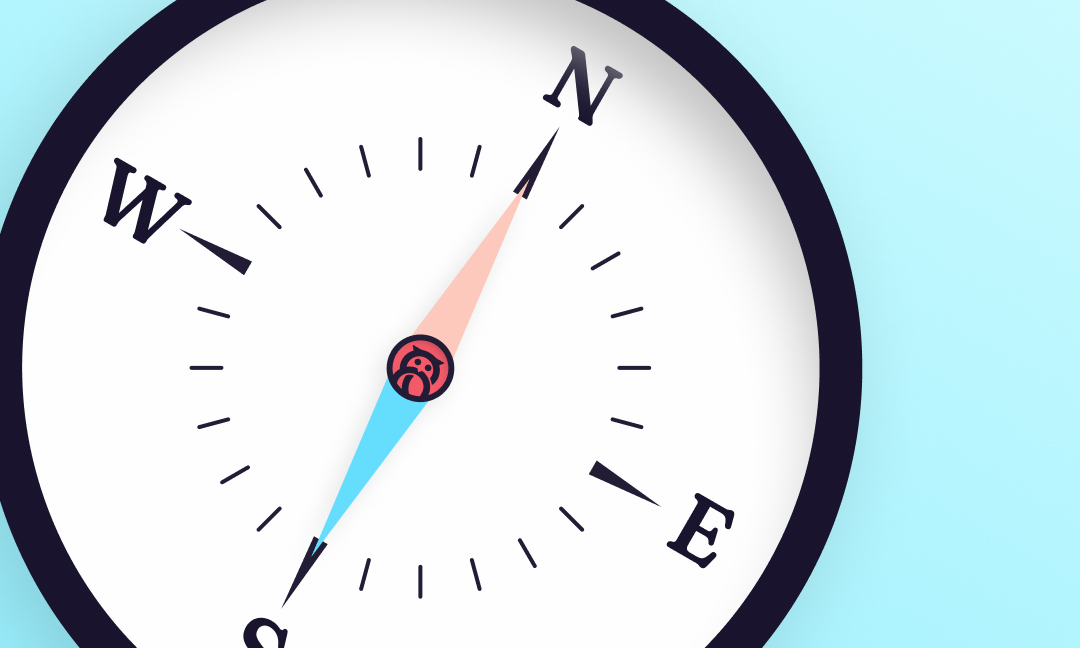As a UX Designer and Strategist in the agency space for the last seven years, I've had numerous opportunities to lead workshops with diverse and sizable groups of clients, including the likes of Ford, Sherwin-Williams, and Duke University. These collaborative sessions play a crucial role in understanding project requirements, aligning expectations, and co-creating solutions. Throughout my career, I've developed effective strategies for facilitating successful workshops with large client groups, and I would like to share them with you!
How to Lead Workshops with Large Groups as a UX Strategist

Plan with purpose
Thorough planning is the foundation of a successful workshop. At Savas Labs, we always meet the client one or two times before scheduling the workshop. During these preliminary engagements, we learn more about the client's challenges and goals so that we can tailor the agenda accordingly. Furthermore, we use this time to recognize the primary influencers within the group and assess whether any team members possess technical or design expertise.
Share in advance
In my experience working with larger groups, I've found that it's helpful to share the workshop's agenda beforehand so that the client can effectively prep their team. This often includes:
- An overview of the project and the task at hand. (i.e., Savas Labs has been hired to update the website, and one of the tasks is to create a new and more usable navigation structure.)
- A focus for the workshop. (i.e., How Savas will evaluate the current navigation structure and discuss what is and isn't working.)
- How (the client) can prepare. (i.e., Think about where your department currently lives in the navigation, the goals of your department, and how a new navigation structure could help you achieve those goals in a better/more accessible way.)
Another tactic I've used is assigning clients homework in advance to either work together in small teams or solo to brainstorm and share ideas. This approach not only promotes creativity and gets them comfortable sharing their views/feedback (because everyone has their homework complete) but also helps me understand their team's thought process, resulting in more productive conversations.
RELATED READ
Discovery: How to Prepare for SuccessCreate an inclusive atmosphere
Setting the tone of the workshop at the start is the best way to keep everyone on the same page. I achieve this by clearly stating the objective of our time together be it figuring out a solution or participating in a more exploratory and informational discussion.
With big groups, diverse personalities, and communication styles is common. If you let people know that there are no right or wrong answers, you’re fostering a positive and supportive environment where all thoughts and opinions are welcome. I almost always tell people that their idea is good, even if I have reservations, because I want them to feel heard and that their contributions are appreciated.
Utilize visual aids
It can be overwhelming for groups to know where to begin, so I always bring something to the workshop for the client to react to. For example, this could be a first take at a website’s new navigational structure or a low-fidelity home page outline. Starting from scratch would take forever, and this speeds up the process AND gets people talking.
Visuals also aid in clarifying complex concepts and ideas. We have many tools in our Savas design toolbox for this, including FigJam, Figma, and Miro. For many of our web projects our homepage content exercise is a great example of this sort of virtual engagement/exercise. Here the UX or workshop lead will create a low fidelity outline of a home page (i.e. one long rectangle to represent the page, and another rectangle at the top to represent the hero space). We then use virtual sticky notes in FigJam to represent types of content and place them along the page to come up with a content hierarchy for their home page. The real-time interactive yet tactile tool makes for a great in-person substitute (and much less to clean up!).
Moderate discussions effectively
As the workshop leader, it's crucial to moderate discussions and keep them on track and on time. Fostering constructive conversations while avoiding any potential conflicts or tangents can be tricky, but you have to be prepared to guide the conversation back to the agenda if discussions go off-topic or police when specific participants are “steamrolling” conversations in one particular topic or direction. In these situations, I’ve had to cut folks short, asking if we can “put that in the parking lot” for the end of the meeting or for another future meeting.
Be adaptable
Flexibility is THE most valuable trait when leading workshops with big groups. Be prepared for unexpected questions, challenges, or changes in the workshop flow. There is a bit of "improv" and "unknowns" that you need to both expect and feel comfortable with. I would keep in mind that you will most likely have to adjust your approach as you go to accommodate your client's needs.
Capture and summarize
Remember to document key insights, decisions, and action items during the workshop in real time. Taking notes prevents critical details from getting lost/forgotten, maintains alignment moving forward, solidifies the project’s outcome, and, most importantly, avoids misunderstandings between teams.
Leading workshops with a large group of clients requires thoughtful planning, effective communication, and adaptability. By incorporating these strategies, UX designers (or anyone conducting these meetings) can create an environment that encourages collaboration, maximizes the time together, and fosters strong client relationships. Remember, workshops are about extracting valuable information or building consensus and building trust and rapport with clients, paving the way for long-term partnerships and success.




